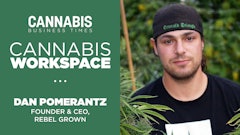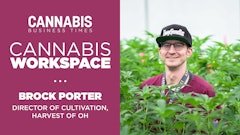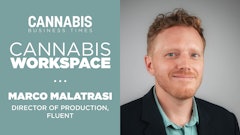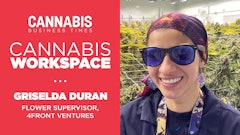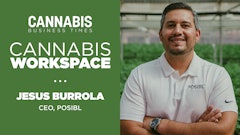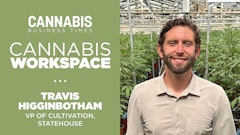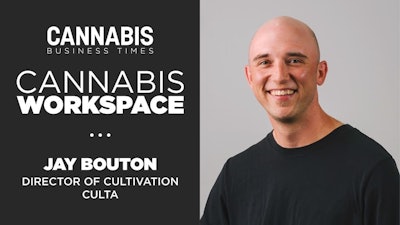
Indoor, outdoor, greenhouse or a combination: Combination of indoor and hybrid outdoor/greenhouse
Note: This interview was originally published Jan. 15, 2021.
Can you share a bit of your background and how you and your company got to the present day?
I am from Colorado, where cannabis has played a large part [in] people’s everyday lives for longer than most areas. I was fortunate enough to have friends that taught me the art of growing, and they also had access to the best genetics in the world at that time, which was the early 2000s. One of my best friends, Matt Bickel, who founded CULTA, needed a trusted cultivator to help, and asked me in 2017. I moved from Colorado to Maryland in 2018, right before CULTA’s first harvest. Recently, we completed our 50th indoor harvest, and our second Clean Green certified outdoor harvest, which was also the first legal outdoor grow on the East Coast.
What tool or software in your cultivation space can you not live without?
Our fertigation system is the brain of our operation. It controls feedings to each room with amazing precision, keeps our environment at the optimum setpoints, and allows our cultivators to be more hands on with the plants instead of watering all day.
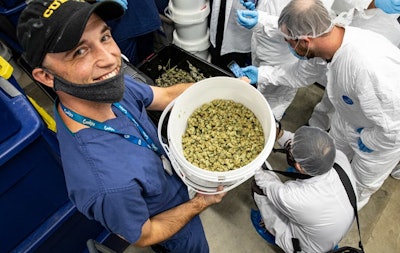
What purchase of $100 or less has most positively impacted your business in the last six months?
A power washer with a rotating scrubber. Cleaning the tables in our rooms became much more efficient with these!
What cultivation technique are you most interested in right now, and what are you actively studying (the most)?
Learning how to optimize cultivation under LED lighting. LEDs are taking over as the dominant light source in the industry, and learning how to adjust everything to get the most out of our plants has been a lot of fun.
How has a failure, or apparent failure, set you up for later success? Do you have a “favorite failure” of yours?
I have always been a believer that you learn 10 times more from failure than you do success. My favorite near-failure was in Colorado, forgetting to plug a pump back in to feed a full room that was seven weeks into flower after cleaning the tank. As I was leaving, I smelled the unmistakable stench of dying root balls in rockwool and caught it in just the right time. Being thorough in every move in the grow, no matter how big or small, was my lesson.
What advice would you give to a smart, driven grower about to enter the legal, regulated industry? What advice should they ignore?
Be very careful about what information you study. The internet is full of lots of great knowledge, but full of even more terrible information. This job is basically paid education, so be open to learning the entire time you are in a grow. I always suggest listening to as much of “The Real Dirt” podcast as possible. The host, Chip Baker, is a longtime friend and a hero of mine in the industry and has the best real-world knowledge of the plant, culture, industry, you name it.
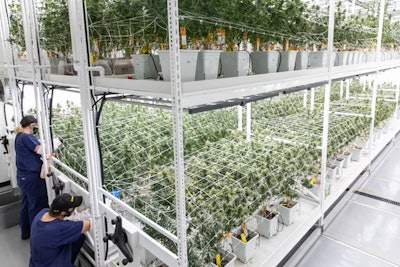
How do you deal with burnout?
It has been difficult in 2020, but when we can, we like to travel to find street art, go to museums and eat amazing food.
How do you motivate your employees/team?
My cultivators love to hear test scores and yields from the rooms that they oversaw. It becomes a little friendly competition on who can grow the most potent or highest yielding strains or rooms.
What keeps you awake at night?
New systems that are installed, whether it be HVAC, irrigation/fertigation [or] lighting. There is always a big learning curve with new equipment, and it takes a lot of dialing in before you have a good night’s rest.
What helps you sleep at night?
Knowing that we did everything we could possibly do to grow the best medicine for Maryland that day, and that we are going to come back and try to improve on the day before.
Editor’s Note: This interview has been edited for style, length and clarity.








